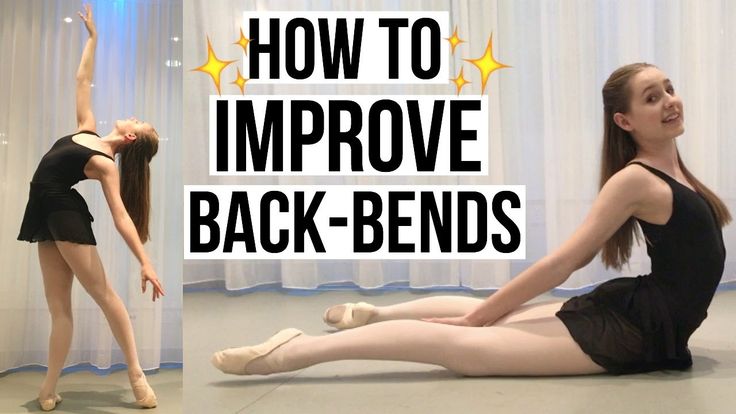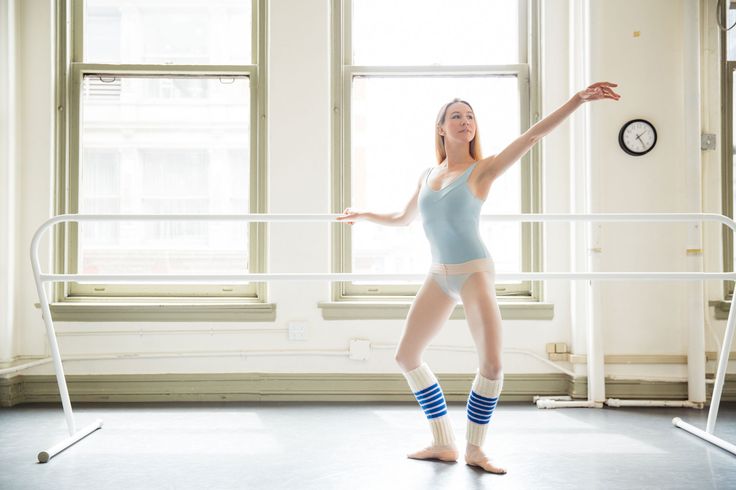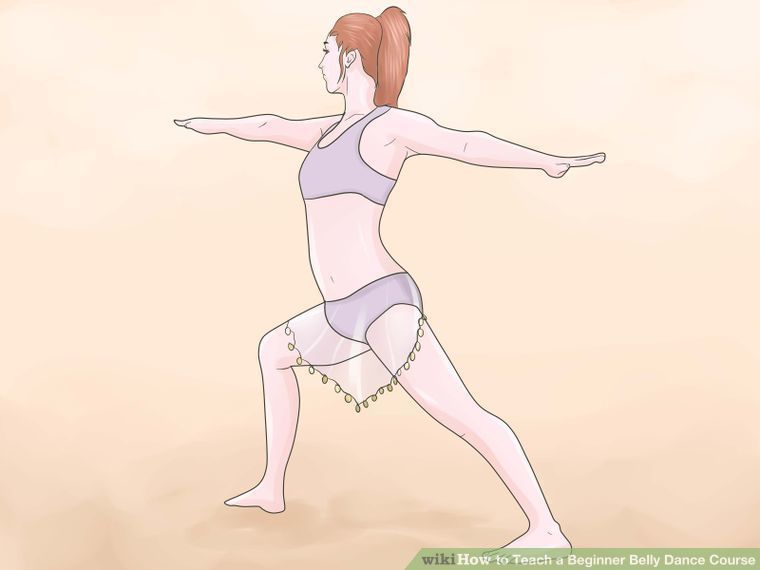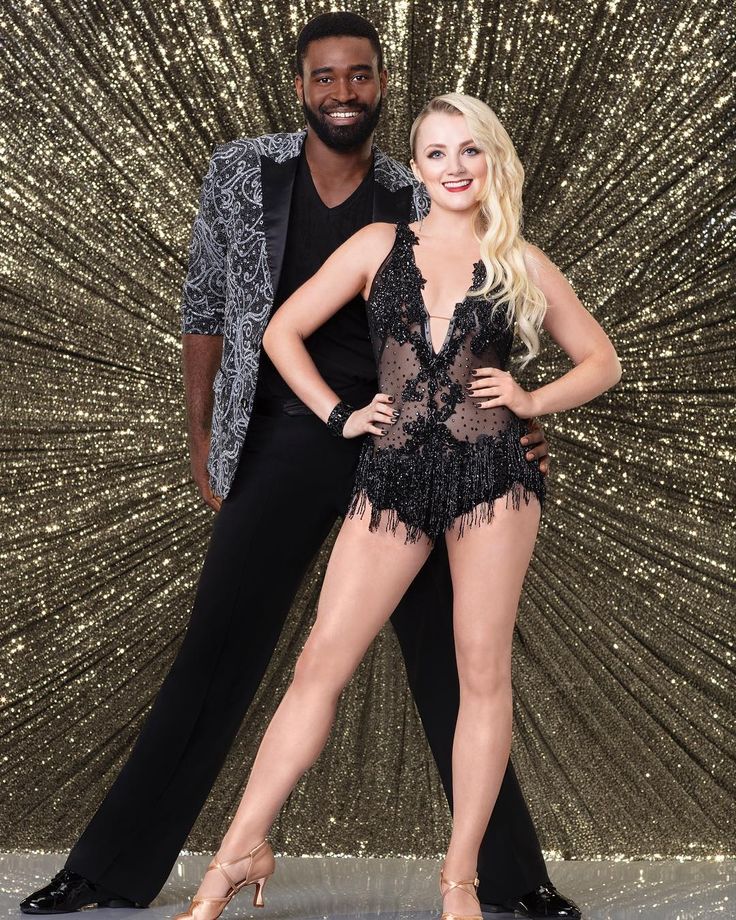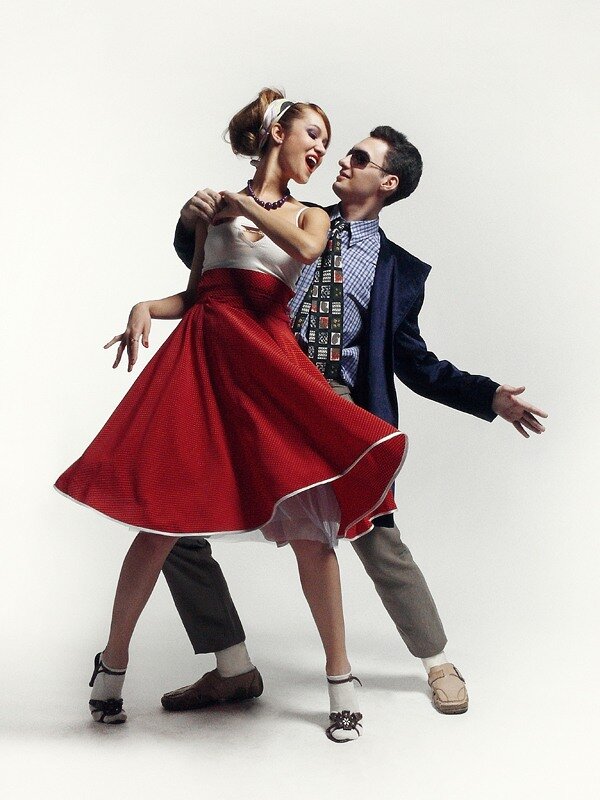How to have fun at a middle school dance
25 Awesome Activities For Your Middle School Dance
// by Lauren Du Plessis
School dances create a sense of community by helping learners connect outside of their classroom walls. Students have the opportunity to interact with pupils that they wouldn't normally, and in doing so, new friendships are fostered. Middle schoolers may be a little nervous at events such as these so we've put together a list of fun dance activities to help them break the ice! By incorporating a few of the fun games we've picked out below, your learners are guaranteed to enjoy a fabulous night of fun and dancing.
1. Dance With A Balloon
This fun game is sure to have everyone on the dance floor! Blow up a few balloons before throwing them into the crowd. The students are required to work together to keep all the balloons afloat, ensuring that they don't touch the ground.
Learn More: Mom Junction
2. Partner Up
As fun as middle school dances can be, learners may need a fun activity to encourage them to get onto the floor and mingle with new people. Places all the attendees' names into a hat and pull out two at random. The pairs should then be given time to prepare a creative dance to perform.
Learn More: Mom Junction
3. All Sacked Up
This game, traditionally used in physical education classes, is heaps of fun! Participating students should each receive a bag to dance inside. Students who fall out or drop their bags, lose. The last student dancing wins!
Learn More: Mom Junction
4. Ball Game
The ball game encourages everyone to have a little boogie. Students should line up and the first person in the queue will receive a large beach ball. A timer is set and the student is required to dance with the ball until the buzzer sounds and they pass it on to the next in line.
Learn More: Mom Junction
5. Emoji Dancing
Emojis are great fun, but who knew they could be incorporated into a dance activity? Students are required to come up with a dance that mimics an emoji so as to express that particular emotion or theme. To make it easier, choose a song that matches a given emoji. For example, if the emoji is happy, select an upbeat song.
Learn More: Gogogym
6. Follow The Song
Listen to the lyrics and follow the directions given by the singer! This activity is great for middle school-level learners and is guaranteed to get them moving. Turn it into a game by having teachers monitor the movements of learners and disqualify anyone who puts a foot out of place.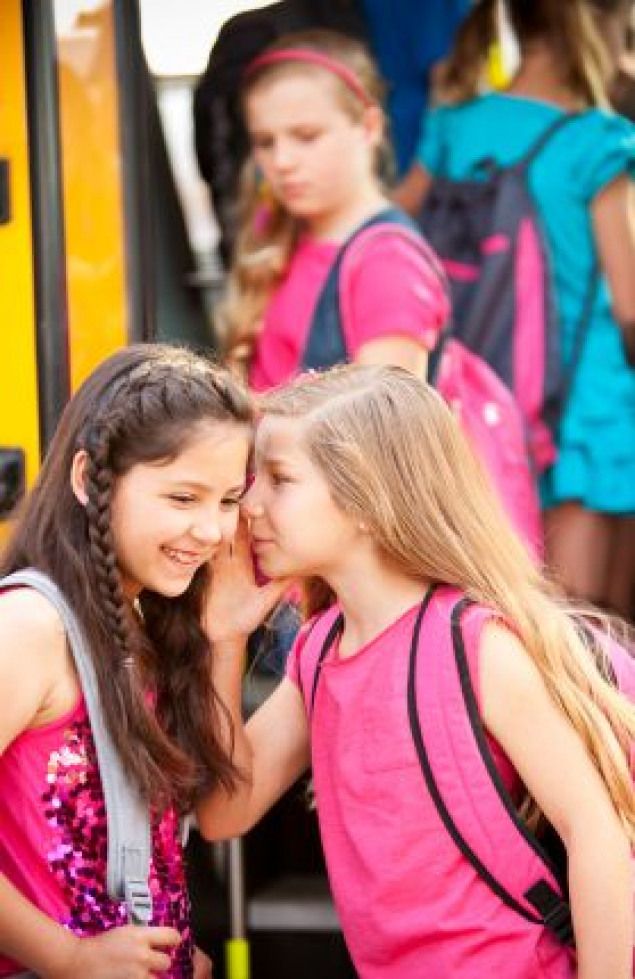
Learn More: Youtube
7. Memory Moves
Instruct the learners to arrange themselves in a circle. One student will start by moving into the center and performing a move. The person next to them will go next and must repeat the first move and then add on one of their own. The cycle continues around the circle until one player fails to repeat all previous moves.
Learn More: The Spruce
8. Musical Chairs
This classic dance contest is perfect for school dances! To begin, students should all be standing and dancing to the beat of the music. A teacher then pauses the song and students rush to find a seat. Students without a seat are out and as the rounds progress, more and more chairs are removed. The last person to sit on the final chair is the winner.
Learn More: The Spruce
9. Elimination Dance
Before the dance begins, write out random descriptions to place in a hat.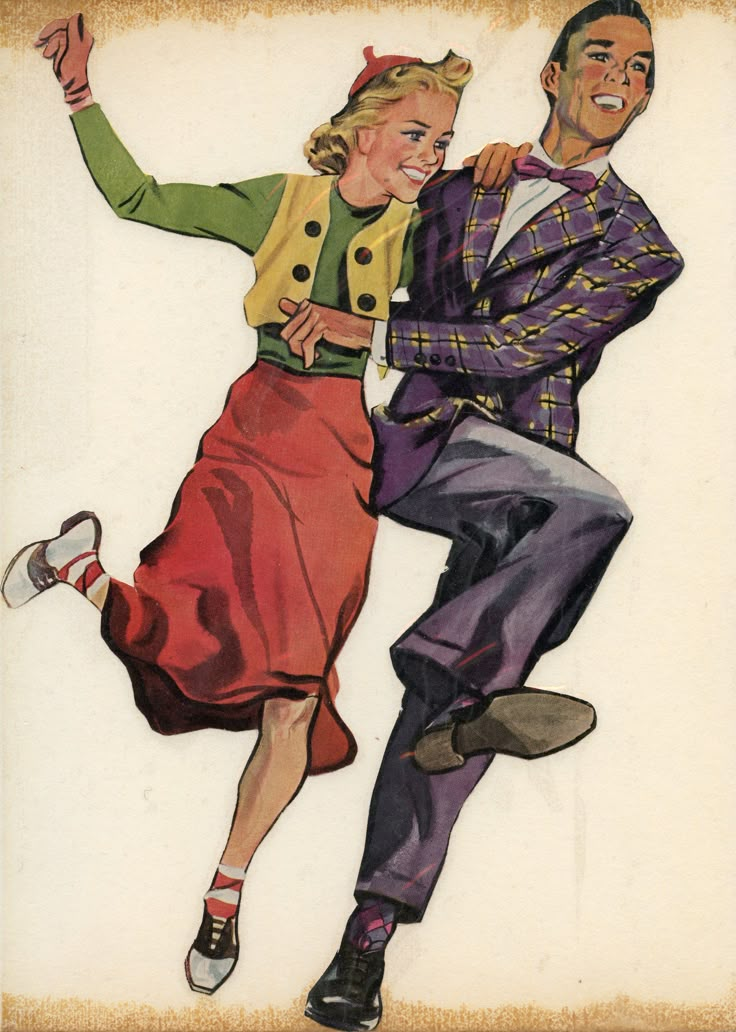 Descriptions can be "students with glasses", "students wearing a black shirt" or anything of the sort. Whilst students are dancing, read out the descriptions- having anyone who fits them, leave the dance floor.
Descriptions can be "students with glasses", "students wearing a black shirt" or anything of the sort. Whilst students are dancing, read out the descriptions- having anyone who fits them, leave the dance floor.
Learn More: The Spruce
10. Do The Macarena
The Macarena is a wonderful dance idea for students. Remember that one move in the dance corresponds to one beat in the song. Before starting, put on a demonstration so that students have an opportunity to learn the moves.
Learn More: Youtube
11. Dance Move Switch Up
This activity requires students to try their hand at different dance styles. As the music plays call out different dance styles for the students to impersonate.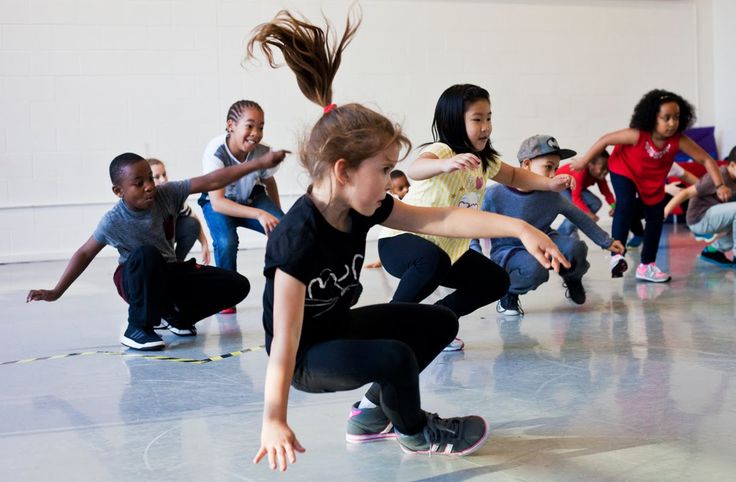 Styles can be anything from ballet and salsa to hip-hop and rock 'n roll.
Styles can be anything from ballet and salsa to hip-hop and rock 'n roll.
Learn More: The Spruce
12. Square Dance
The square dance is an awesome introduction to line dancing. The fun video demonstration is easy to follow and guides students through exactly what is expected of them. Once you feel they have the hang of it, turn off the video and switch over to a country music song for them to practice their moves.
Learn More: Youtube
13. Spot Dance
The spot dance is a fun elimination game. Whilst an adult mans the spotlight, learners shake it on the dance floor. The light should move throughout the crowd and when the music is paused, the light shiner should freeze too- stopping on one person.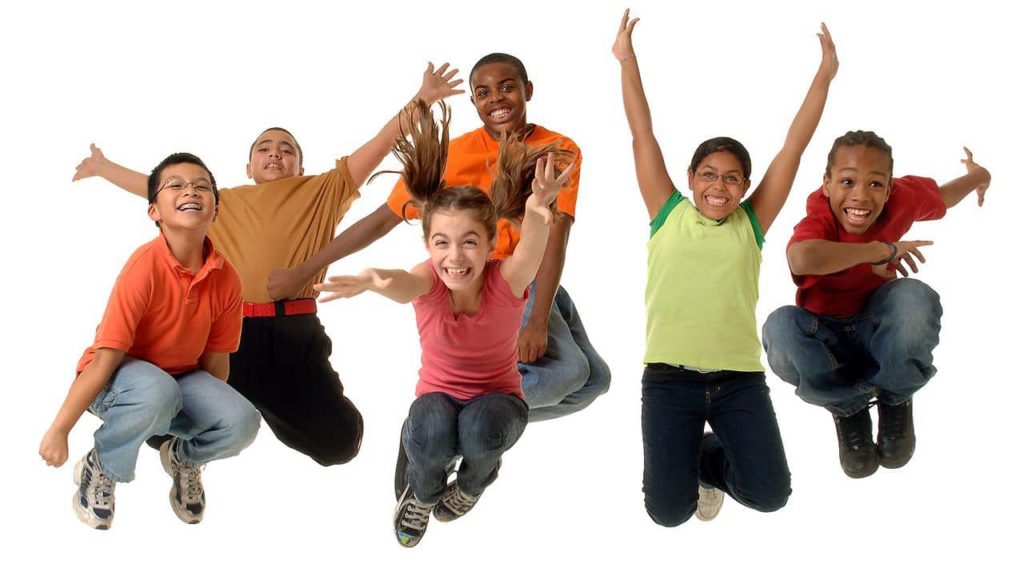 The person on who the light is shining is eliminated from the game.
The person on who the light is shining is eliminated from the game.
Learn More: The Spruce
14. Dance The Conga
The conga is the perfect dance for getting the party started. It involves all learners in an enjoyable routine whereby they form a conga line by placing their hands on the shoulders of the person in front of them.
Learn More: Youtube
15. Balance A Book
To prepare, ensure that you have a few lightweight books. Participating students are each to balance a book atop their head whilst dancing around. Players who have their book fall, are eliminated from the game.
Learn More: Mom Junction
16. Play Limbo
Two students are required to hold either end of a stick.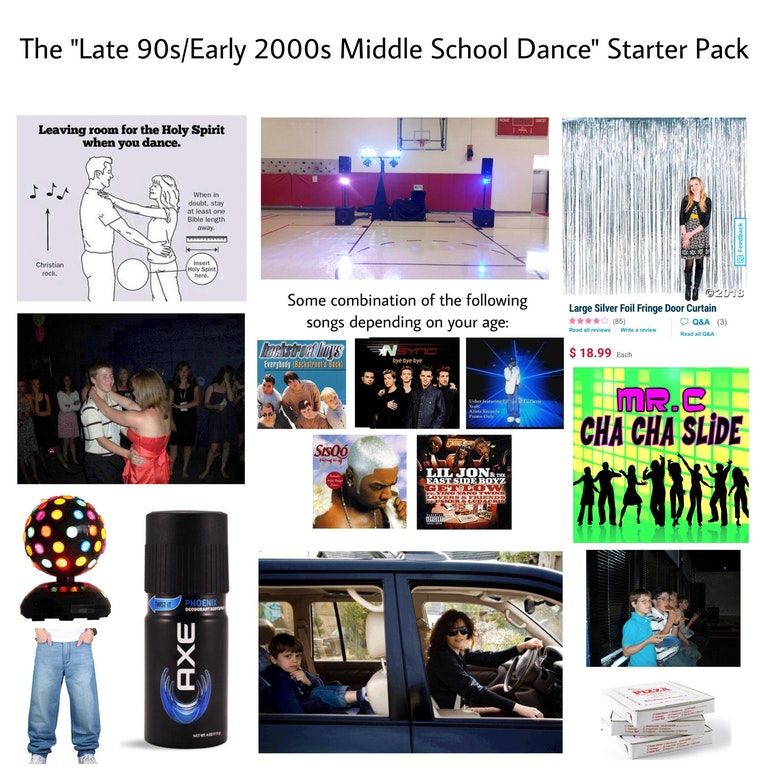 Participating students should then move their bodies under the bar without bending forward or touching them with any body part. As the game progress, the stick should be moved further and further downward. Players who touch the bar, lose the game.
Participating students should then move their bodies under the bar without bending forward or touching them with any body part. As the game progress, the stick should be moved further and further downward. Players who touch the bar, lose the game.
Learn More: NY Metro Parents
17. Chicken Dance
The chicken dance is great for including reluctant dancers! Even the most uncoordinated of students will have a ball participating in this activity. It simply requires students to watch the video and follow along- dancing like a chicken as they do so.
Learn More: Youtube
18. YMCA Dance
Just like the chicken dance, this YMCA dance video is sure to have your learners all moving and grooving! This song is a classic and will even motivate parent volunteers to get involved.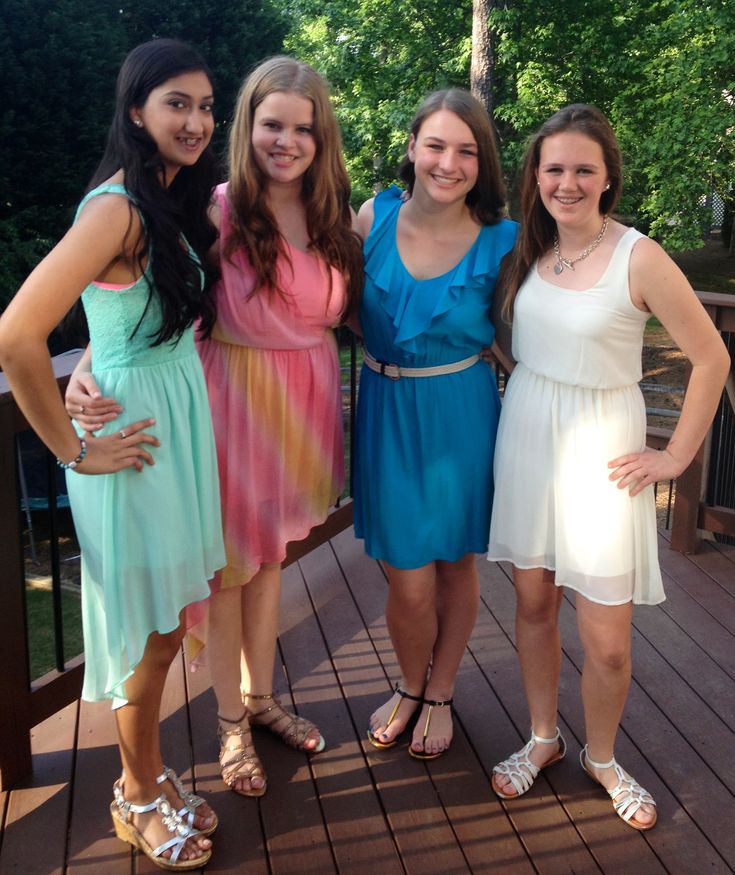
Learn More: Youtube
19. Musical Statues
Musical statues are played by pausing a song and having learners freeze at the same time. Anyone who doesn't freeze on time or moves in the paused interim is disqualified and must sit out.
Learn More: Childhood 101
20. Lip Sync Competition
Incorporate a lip sync battle into your middle school dance lineup. The activity tests learners' muscle memory and is a fun way of encouraging students to loosen up and enjoy themselves.
Learn More: Childhood 101
21. Dance Battle
Middle schoolers are naturally competitive and a fun way to channel that energy is through a fun dance battle! Randomly pair students up to battle it out seeing who can outdance the other! Teachers, parents, and other learners can join up to be judges.
Learn More: Childhood 101
22. Dance Charades
Dance charades are similar to the classic word-guessing game.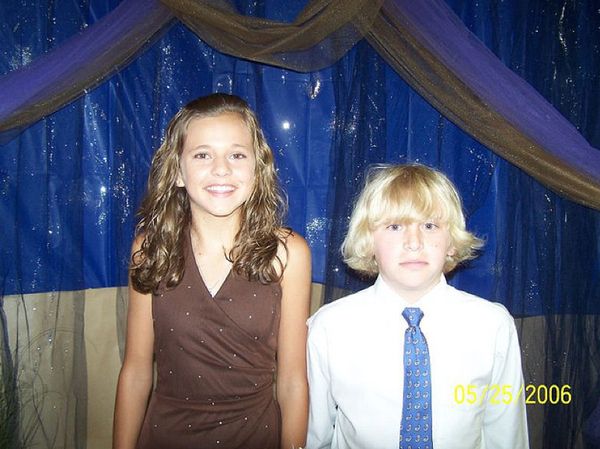 Only with this version, participants are required to dance out their words instead of acting them out.
Only with this version, participants are required to dance out their words instead of acting them out.
Learn More: E-How
23. Dance Island
Dance island requires that learners invent a fun dance routine, but are limited to performing it within the parameters of a relatively small square space. Teachers can monitor and eliminate students who step out of their block. The last person in their square or the one with the best dance wins!
Learn More: Ice Breaker Ideas
24. Air Guitar Competition
Air guitar requires participants to imitate the guitar portion of a given song or songs. The students can play this competitively so that the student with the best imitation, wins a prize!
Learn More: Childhood 101
25. Music Trivia
This is a wonderful game for students to group up and work together to answer the questions correctly. Not only will it foster team spirit, but it certainly helps students break the ice at the beginning of the dance before moving on to have a groove on the dance floor.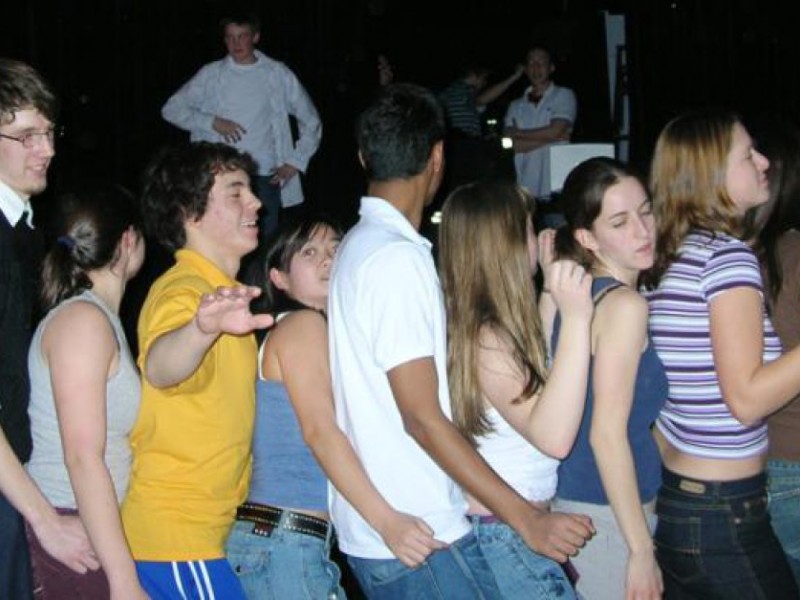
Learn More: Fun Trivia
Related posts:
Category: Classroom Ideas
Middle School Dance Ideas and Themes
We value your privacy. We use cookies and other technologies to keep the site reliable and secure, tailor your experience, measure site performance and present relevant offers and advertisements, as described in our Privacy Policy. Got it!
| Resources / School Posted by Kayla Rutledge Ah, middle school dances — music, punch and awkwardness galore. If you’re tired of the same old balloons-in-the-school-gym routine, try one of these fresh ideas to liven up your dance and make it a night to remember! Ideas for Fall FormalsLooking to throw a fall dance that goes beyond basic dance themes? Or is a little less “romantic” and more activity-based for the younger set? Try out some of these ideas.
Recruit volunteers for a Halloween dance planning committee with a sign up! SAMPLE A Winter’s Ball Check out these simple, classy winter ideas if you’re looking to throw a more upscale affair.
As students begin to get antsy for summer and the flowers start to bloom, a spring dance is the perfect dance to go a little more decorative and blow off some steam.
Gather parent volunteeres for the night of the big dance! SAMPLE Themed Dances Change it up and host a dance that goes above and beyond while being casual and a lot of fun.
Get snacks ready for your hungry dancers with a sign up. SAMPLE Classic, Year-Round Themes If you just want something simple and classic — with a modern spin — try these timeless, year-round ideas.
Whether you’re planning a fall formal, winter ball or spring dance, these ideas are sure to spice up the planning and ensure you have a dance that middle schoolers will love. Just remember to organize well ahead of time, communicate rules with parents and recruit more than enough helpers to keep the dance running smoothly. Kayla Rutledge is a college student who spends most of her time writing, singing for her church and eating quesadillas. | Thank you for creating this wonderful service. We just used it for my son's 2nd grade class party and it worked great! I'm looking forward to using it for all of our snack schedules also. Trista G. |
Resources / School
Ah, middle school dances — music, punch and awkwardness galore. If you’re tired of the same old balloons-in-the-school-gym routine, try one of these fresh ideas to liven up your dance and make it a night to remember!
If you’re tired of the same old balloons-in-the-school-gym routine, try one of these fresh ideas to liven up your dance and make it a night to remember!
Looking to throw a fall dance that goes beyond basic dance themes? Or is a little less “romantic” and more activity-based for the younger set? Try out some of these ideas.
- A Night at the Carnival - Nothing screams fall like a carnival. This theme could include treats like cotton candy, popcorn, caramel apples and funnel cake, along with lots of red-and-white striped decorations. Plan activities that draw on carnival-style booths such as fortune telling, face painting, ring toss and balloon dart throwing. To go even bigger, rent a dunk booth to soak the principal!
- A Royally Fun Night - Fall makes everything a bit regal — especially the trees. Transport your budding kings and queens to a faraway kingdom with gauzy décor, including golden plates and goblets for a fall feast.
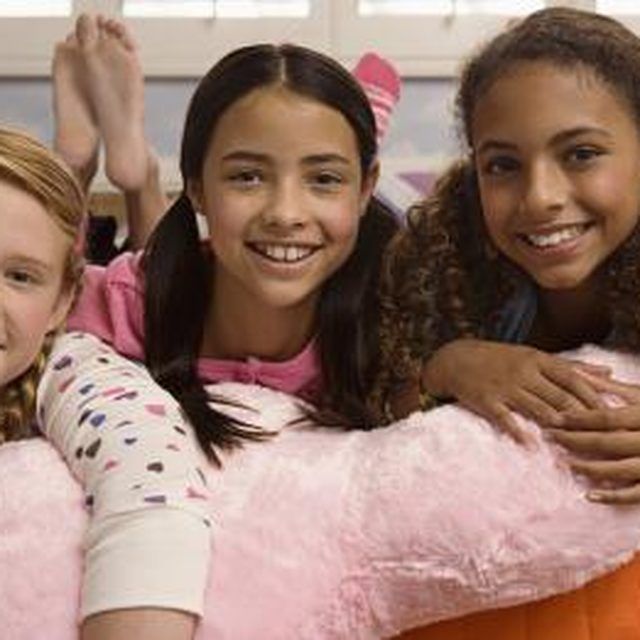 Hand out crowns and tiaras, or stock a photo booth with fun props like scepters, robes and a throne to add to the fun. You can even host a dance contest, and have a knighting ceremony for the warrior princesses and princes who can really break it down!
Hand out crowns and tiaras, or stock a photo booth with fun props like scepters, robes and a throne to add to the fun. You can even host a dance contest, and have a knighting ceremony for the warrior princesses and princes who can really break it down! - Dance for a Cause - Fall means fundraising, and fundraising means dancing with a purpose. Your school’s dance can provide an excellent way to raise funds for school programs or a special community need. Seek neighborhood business participation for donations and sponsorships. Donate all or a portion of ticket proceeds to a charity that students determine beforehand.
- Make it Magical - Halloween is the perfect time to decorate with cards and top hats stuffed with silver tissue and toy rabbits. Give chaperones black capes and magic wands. Snacks can include fortune cookies, magic beans (jelly beans), club, heart, diamond and spade-shaped sandwiches and a magic potion punch surrounded in smoke (dry ice).
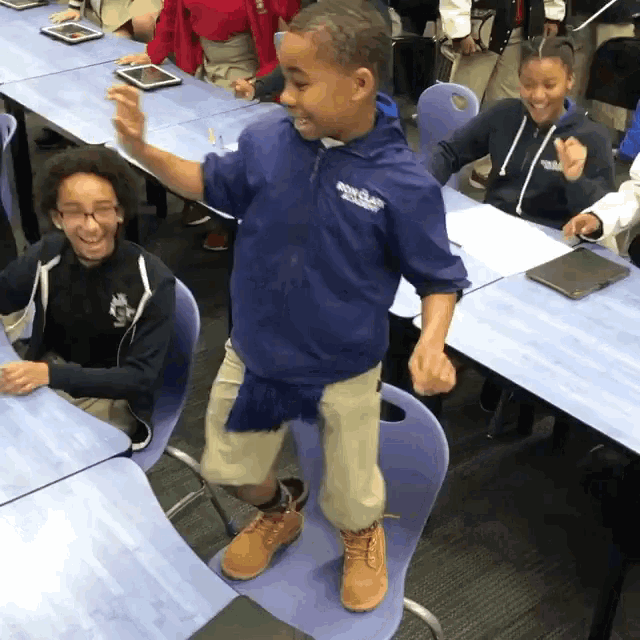 Hire a magician to perform some tricks in between dance numbers.
Hire a magician to perform some tricks in between dance numbers. - Costume Contest - To add a little flair to your dance, encourage everyone to dress up and hold a costume contest. Decorate with simple Halloween decorations. If you’re looking for activities, try having a mini-talent show where students can perform talents as their character.
Recruit volunteers for a Halloween dance planning committee with a sign up! SAMPLE
A Winter’s Ball
Check out these simple, classy winter ideas if you’re looking to throw a more upscale affair.
- Winter Wonderland - This one’s a classic dance theme for a reason — you can never go wrong with a simple snow theme. Create your own winter wonderland with fake cotton snow and shimmering snowflakes that will have students feeling like they just stepped into a fairytale! For a new twist on an old idea, hand out free Sno-cones.

- Fire and Ice - In the case of the average tween, their mood may reverse directions at a moment’s notice. Warm up the winter and celebrate the best of both worlds with a fire and ice theme. Split your venue down the middle and dress it up red and blue! For food, try a mix of hot, spicy foods and cold, sweet desserts for a fun mix.
- A Star-Studded Evening - Throw it back to Old Hollywood with this dance idea. Decorate with lots of stars, and class it up with a black and white color scheme. Create an Oscar backdrop for photo opportunities and hand out awards trophies with categories such as best dancer, best dramatic entrance, best supporting actor/actress and more.
- All That Glitters - Your dance is sure to shimmer and sparkle with this gold and silver theme. Light up the chilly night with mirrors, foil banners and string lights. Try some sparkly sprinkles on the food too — and make it all gold and silver selections.
 Glitter is a must, but make sure any you use is glued onto decorations or you’ll have a mess to clean up later!
Glitter is a must, but make sure any you use is glued onto decorations or you’ll have a mess to clean up later! - Sugar Plum Nights - In keeping with the winter season, model your dance around The Nutcracker ballet. Decorate with various Nutcracker dolls, ballerina accessories and silhouette cutouts and gauze with pastel-colored ribbons. Center food around the various countries and the treats that appear in the Sugar Plum fairy dance.
As students begin to get antsy for summer and the flowers start to bloom, a spring dance is the perfect dance to go a little more decorative and blow off some steam.
- Paris at Night - If you’re looking for a classy and simple theme, try Paris. Decorate with lots of white gauze, ivy and string lights and make some cardboard Eiffel towers. You can have pastries and cakes for the buffet — or even be ironic and have French fries and French toast! For fun, add a photo booth with fake berets and baguettes to pose with.

- The City Never Sleeps - A big city theme is easy and a lot of fun! To decorate, backlight cardboard skylines and stick with a silver and black color scheme. Even your food can have a metropolitan feel. For punch, how about Big Apple juice? Cookies decorated to look like skyscrapers are a plus!
- Days in the Sun - If you’re looking for a more casual theme, make the dance beachy and breezy! Girls can wear sundresses while guys don Hawaiian shirts, and you can decorate with palm trees and other sand and surf décor. Serve tropical snacks and punch with crazy straws and host hula-hoop contests and games for extra fun! Your guests are sure to get excited for summer.
- Gals, Guys and Gardens - With spring comes flowers, and what better to decorate with? Turn your venue into a garden with lots of fake ivy and flowers (real or faux) everywhere — in vases and vines! For food, flower-shaped cookies or typical garden party finger food will have your guests feeling upscale.
 A photo booth full of bouquets and flower crowns will have students lining up for pictures.
A photo booth full of bouquets and flower crowns will have students lining up for pictures. - Easter Egg Palooza - A springtime Easter theme is a little more low-key if you’re working with a tight budget. Hide eggs everywhere with prizes inside and decorate with pastels and stuffed bunnies. Bonus: you won’t have to make a lot of decorations — just ask your parent volunteers to bring extras from home!
Gather parent volunteeres for the night of the big dance! SAMPLE
Themed Dances
Change it up and host a dance that goes above and beyond while being casual and a lot of fun.
- Around in the World in a Night - Can’t decide on just one theme? Take your dance global with an around-the-world theme, decorating different corners of the room to look like different countries or monuments.
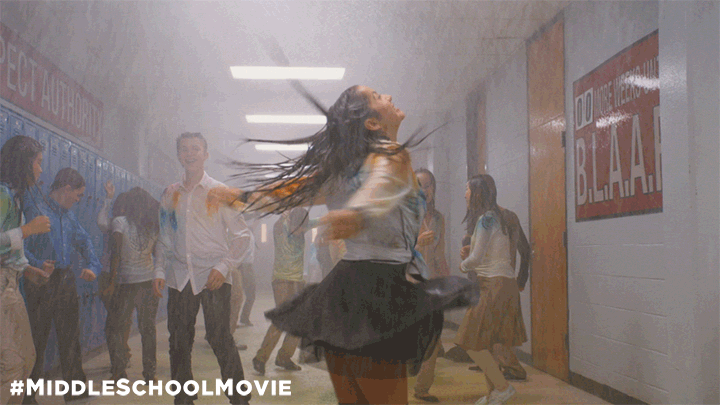 For extra fun, play music from all over the world, and host a buffet where students can try new cuisine.
For extra fun, play music from all over the world, and host a buffet where students can try new cuisine. - A Night at the Masquerade - For more fun — and less fear — have a masquerade ball! Encourage homemade masks with prizes for the most creative, but also provide masks for the less Pinterest-inclined. For décor, simple Mardi Gras beads and bright colors will make sure your masks take center stage. For safety, prohibit masks that completely hide someone’s face, and keep the venue well lit.
- Make it Glow - A glow-in-the-dark dance is fun, timeless and cheap. Incorporate your theme by having a face painting station with glow paints, handing out glow bracelets and necklaces as admission tickets or tossing glow-in-the-dark beach balls onto the dance floor!
- Sock it, Hop it - Party like it’s 1950 with this dance theme! Bring on the poodle skirts and leather jackets, and recruit some students to teach vintage dances to classic songs.
 An ice-cream sundae bar & some fake jukeboxes (made from cardboard) can add to the feel!
An ice-cream sundae bar & some fake jukeboxes (made from cardboard) can add to the feel! - Party Like It’s 1991, and 92, and 93 … - Take it back to the ‘90s with this funky dance! Play music from the decade, and have students dress like ‘90s icons like Cher from Clueless or the Backstreet Boys. Award prizes for the best ones! This is a dance kids AND parents will enjoy getting ready for.
Get snacks ready for your hungry dancers with a sign up. SAMPLE
Classic, Year-Round Themes
If you just want something simple and classic — with a modern spin — try these timeless, year-round ideas.
- School Pride - Decorate all out in your school colors to get some school pride going, especially if your dance is after or before a big game! You can have the cheerleaders lead chants and show off your spirit.
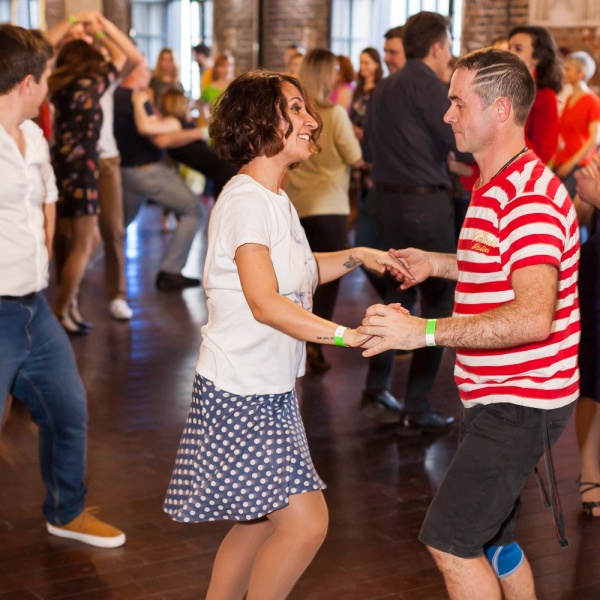 Play the school fight song and ask trivia about your school for a chance at door prizes.
Play the school fight song and ask trivia about your school for a chance at door prizes. - I Sea, You Sea - An oceanic theme is easy and exciting! Hang blue gauze everywhere and blow up balloons to look like large pieces of coral. For snacks, you can serve blue punch, goldfish or Swedish fish. Play ocean-themed games where students can win a pet goldfish to take home (make sure to clear it with parents first).
- Sky Full of Stars - To simulate a starry night, cover your venue in black or navy and hang twinkle lights! Then, hang gold stars from the ceiling over the dance floor and add a disco ball for even more of a dreamy effect.
- A Long Time Ago in a Galaxy Far, Far Away - Many years later, Star Wars is still all the rage. Students can choose to dress up as their favorite Star Wars characters and enjoy a star-studded night filled with out-of-this-world contests, snacks and dancing.
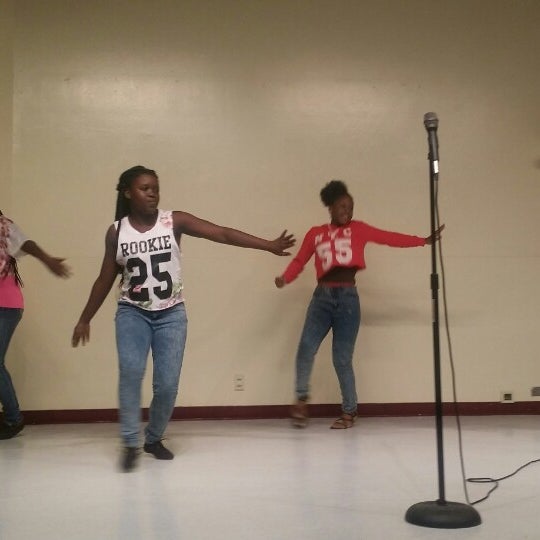 You could even have clips from the movies playing in the background or a movie viewing area for more reserved dance-goers. Serve popcorn or dip pretzel sticks into colorful icing to mimic the look of a lightsaber. Genius Tip: To avoid injuries, ban toy lightsabers from this event.
You could even have clips from the movies playing in the background or a movie viewing area for more reserved dance-goers. Serve popcorn or dip pretzel sticks into colorful icing to mimic the look of a lightsaber. Genius Tip: To avoid injuries, ban toy lightsabers from this event. - Great Books - Transform your school into a literary wonderland with scenes from works like The Chronicles of Narnia, Lord of the Rings and classic fairytales like Cinderella. Different corners of the room can represent different authors. Decorate with pages, stacks of antique-looking books and themed décor from the books you choose!
Whether you’re planning a fall formal, winter ball or spring dance, these ideas are sure to spice up the planning and ensure you have a dance that middle schoolers will love. Just remember to organize well ahead of time, communicate rules with parents and recruit more than enough helpers to keep the dance running smoothly.
Kayla Rutledge is a college student who spends most of her time writing, singing for her church and eating quesadillas.
Benefits of dancing for children
Dance classes bring a lot of benefits to children. Dancing to the music, the kids not only have fun and get a charge of positive emotions, but also develop harmoniously and diversified. We will talk with you today about the benefits of dancing classes for preschoolers, and at what age you can send your child to dance lessons.
Physical development of children through dance
Children who regularly attend classes at the dance school enjoy good health. Properly selected physical activity and activity in the classroom contribute to:
- Strengthening of all muscle groups;
- Formation of correct posture;
- Development of endurance;
- Improving the functioning of the heart and lungs, strengthening blood vessels;
- Development of coordination of movements, "muscle memory";
- Development of flexibility and plasticity;
- Development of dexterity and speed of reaction.

The correct execution of dance movements requires school and considerable physical effort, but, unlike sports, dance lessons are practically not traumatic and have no contraindications.
Intellectual development of children
It may seem that active activities have little effect on the intellectual development of children. But this is absolutely not true! Learning movements and their combinations perfectly trains the memory of preschoolers, and the need to constantly monitor the music, the teacher and comrades in the lesson perfectly develops attention. Lessons at the dance school form spatial thinking, the baby quickly learns to perceive the concepts of "top", "bottom", "right", "left", "side", "in the middle", "above", "under", "before", " for" and so on. To transform into the image necessary for the dance, the child actively uses the imagination. In general, intelligence is the ability to adapt to new conditions and learn quickly.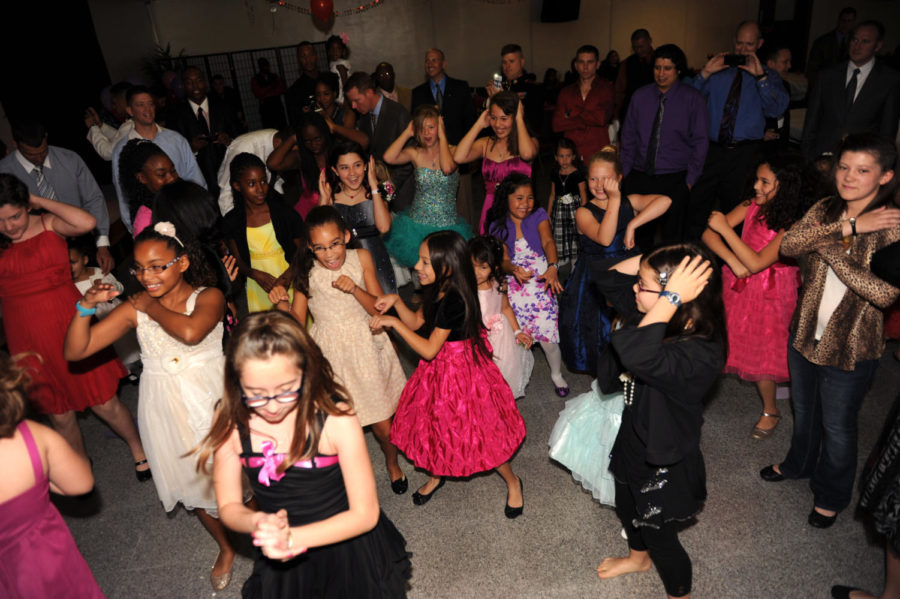 In the classroom, children not only perform pre-prepared dances, but also often improvise. Knowing himself and the possibilities of his body, the baby creates a fundamental basis for new discoveries.
In the classroom, children not only perform pre-prepared dances, but also often improvise. Knowing himself and the possibilities of his body, the baby creates a fundamental basis for new discoveries.
Artistic and aesthetic development at the dance school
Dancing instills in preschoolers a love for art, a sense of beauty, and also opens up a new way of perceiving the world through music and movement. The variety of forms of conveying feelings is formed in the dance school due to immersion in various images. With the help of plasticity and artistic movement, children learn to express their creative ideas, moods, and thoughts. Toddlers also develop an ear for music and a sense of rhythm. Dance lessons undoubtedly contribute to the artistic and aesthetic development of preschool children.
The unity of movements and music is a special way of perceiving the world, which opens up before the baby during dancing and stays with him for life.
Development of personal qualities
Listening to music makes a great contribution to the development of a child's personality, including his emotional sphere, because it contains many experiences, emotions, feelings, events.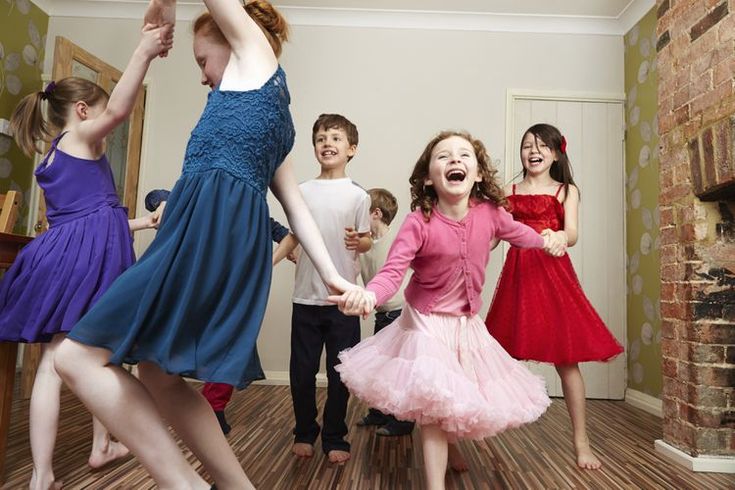 Thanks to dancing, children recognize themselves, orient themselves well in their inner world. In addition, babies develop such qualities as:
Thanks to dancing, children recognize themselves, orient themselves well in their inner world. In addition, babies develop such qualities as:
- Artistry;
- Creativity;
- Public speaking skills;
- Activity;
- Self-confidence;
- Self-monitoring;
- Discipline;
- Purposefulness;
- Persistence.
We can say that this is a whole school of life.
Development of communication skills
Dance lessons help children improve their communication skills. Kids usually make new acquaintances without difficulty, because the atmosphere that reigns in the dance school is conducive to close emotional communication. Even shy and unsociable children are liberated and quickly join the team. Basically, dancing is a teamwork, so preschoolers develop a sense of trust in others, as well as develop interaction skills with other people, the ability to find a common language with peers in the classroom.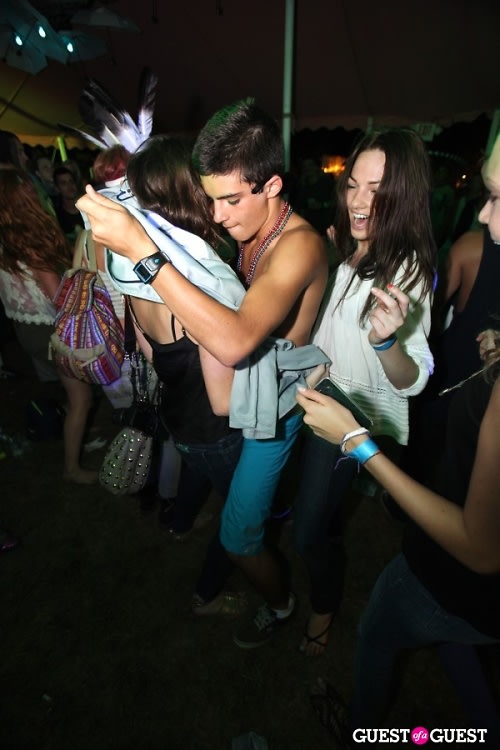 In choreography classes, children are taught to express their emotions through facial expressions and gestures, and this greatly helps them to better understand how other people feel.
In choreography classes, children are taught to express their emotions through facial expressions and gestures, and this greatly helps them to better understand how other people feel.
At what age can dance lessons start?
Every parent wants his baby to develop actively and fully, so almost from the very birth of the baby, he thinks about which circle to send the child to, which will better prepare him for school. Most sections enroll children over 4 years old. But dancing is exactly the kind of activity that is suitable for kids from 2-3 years old. This is due to the level of physical development of children of this age and their needs. At 2 years old, children usually love everything that has to do with movement. They can run, jump, overcome obstacles almost without stopping. As the vestibular apparatus develops, the ability to maintain balance develops. By the age of 3, movements become more precise and coordinated, and the reaction rate increases. From the age of 4-5, preschoolers have access to complex motor skills that require good physical fitness, dexterity, flexibility and responsiveness.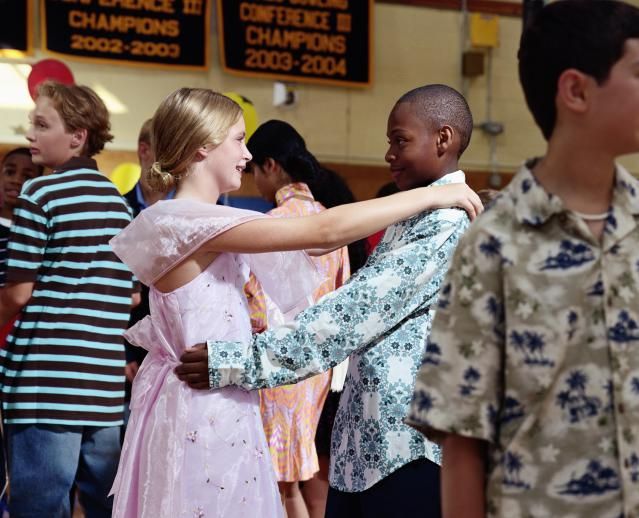 Of course, preschool children, in most cases, cannot master complex choreography and achieve high results. But dancing classes under the guidance of a professional and attentive teacher will allow the kid to express himself and fully satisfy his need to be in motion, as well as prepare the basis for future victories. To accurately determine whether the baby is ready for dance classes, you can ask yourself the following questions:
Of course, preschool children, in most cases, cannot master complex choreography and achieve high results. But dancing classes under the guidance of a professional and attentive teacher will allow the kid to express himself and fully satisfy his need to be in motion, as well as prepare the basis for future victories. To accurately determine whether the baby is ready for dance classes, you can ask yourself the following questions:
- How does the child prefer to spend their free time? Does he like active or quiet games?
- How does the baby tolerate physical activity?
- Will he be able to listen to the teacher of the school and fulfill his requirements?
- And most importantly: does the child like to dance? To find out, you can simply watch the baby or invite him to dance with you.
Toddlers 2-4 years old, along with older preschoolers, can be safely sent to dance lessons, since active physical development takes place at this stage, but you should always take into account the individual characteristics of the child.
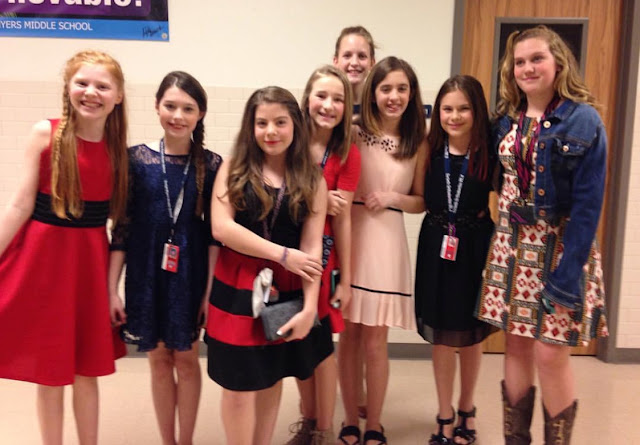
Conclusions
When parents are faced with the choice of which section or circle to send their child to, many choose a dance school. And this is exactly what children of early and preschool age need. Dance classes make a great contribution to the physical, intellectual, personal, social and aesthetic development of the child. Children involved in dancing develop self-control skills, the ability to work in a team and cooperate with peers, and listen to the teacher. Going to school for lessons, the child will be psychologically prepared for new conditions for him.
Conclusion
In the Montessori club "Sozvezdie" dance classes are held for boys and girls from 2 to 7 years old. Pupils of the younger group learn to work harmoniously in a team and master the lessons of the simplest movements. Senior dancers learn more complex compositions, get acquainted with such expressive means as plasticity, pantomime and facial expressions. In addition to artistic moments, we pay great attention to the development of general physical fitness, stimulate coordination of movements, flexibility and endurance.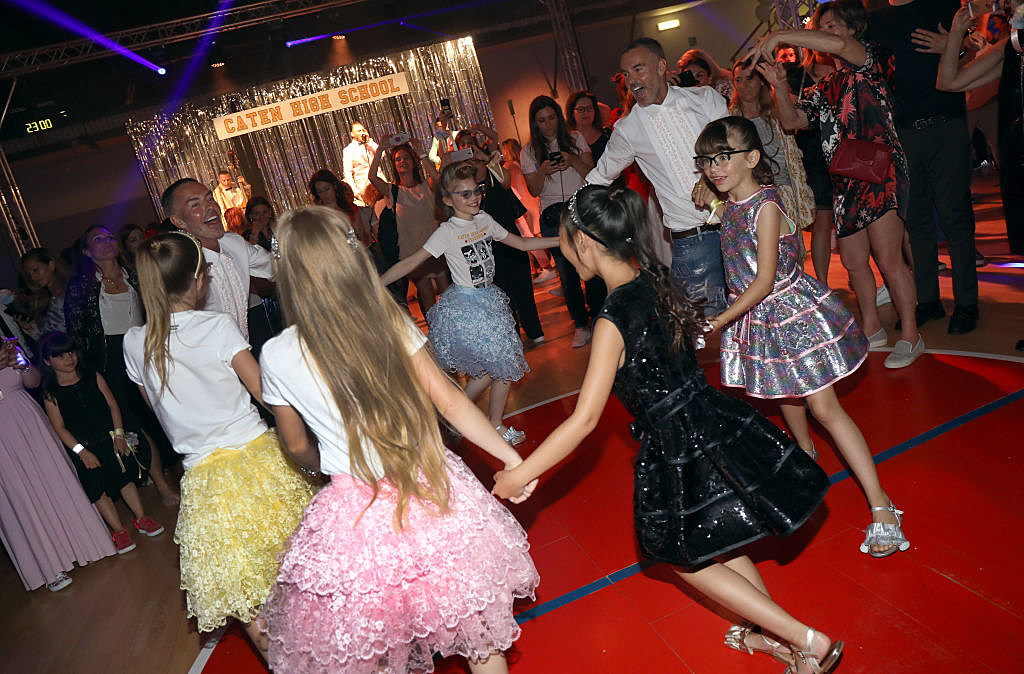 We respect the physical and emotional reserves of each child, therefore, if necessary, we adjust the pace of work, take breaks, and give the opportunity to improvise. In our classes, kids get an amazing charge of positive emotions. Come and see for yourself!
We respect the physical and emotional reserves of each child, therefore, if necessary, we adjust the pace of work, take breaks, and give the opportunity to improvise. In our classes, kids get an amazing charge of positive emotions. Come and see for yourself!
The article was prepared by a dance school teacher
Svetlichnaya Zhanna
Balls and traditions. Interesting facts
Ball, ball, ball!!!
Ball is always a holiday. Bright, colorful, sparkling, cheerful. And this holiday has always been desired and loved in Russia.
Balls were given all year round, but the season began in late autumn and continued throughout the winter. Often in one evening I had to attend two or three balls, which required considerable strength, besides, many balls ended in the morning, and the next day it was necessary to make visits and prepare for the upcoming amusements.
Balls and masquerade balls were divided into class, professional, age categories, timed to coincide with special celebrations, and were court, public, private, merchant, wedding, children's .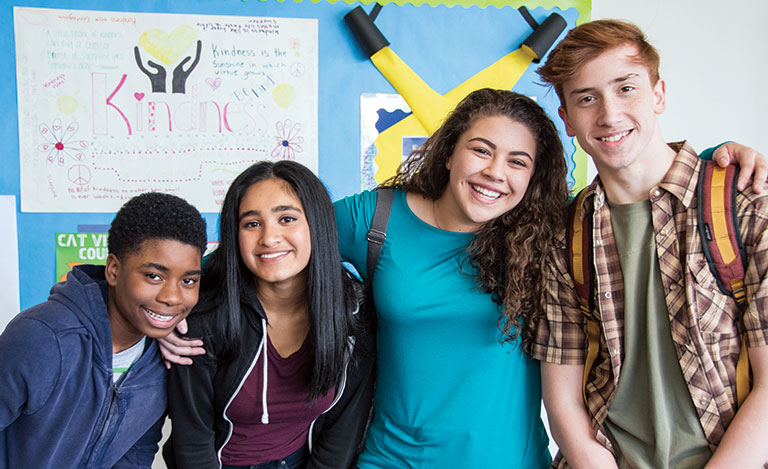 ..
..
Balls of the Noble Assembly, balls of artists and balls held foreign embassies, merchant balls.
History of balls in Russia
The first ball in Russia took place in Moscow at the wedding of False Dmitry and Marina Mnishek.
Peter I resumed the balls, and since then they have become loved and revered both in the capitals and in the provinces of the Russian Empire.
Peter's assemblies became the prototype of future balls. The assemblies were gatherings with dances. Assemblies began to be held in St. Petersburg and Moscow as early as 1717 in the homes of the Russian nobility.
Assemblies served not only as a means of entertainment - "for fun", but also a place "for reasoning and friendly conversations."
Then, during the reign of Anna Ioannovna, Elizabeth Petrovna and Catherine II, assemblies completely supplanted balls and masquerade balls.
A ball is a solemn public or secular event, the main component of which is a dance program.
Therefore, since the 18th century, dance has become a compulsory subject in all higher and secondary educational institutions, schools and boarding schools. It was studied at the royal lyceum and at modest vocational and commercial schools, at the gymnasium and at the cadet school.
In Russia, they not only perfectly knew all the latest and old ballroom dances, but also knew how to perfectly perform them. The dance culture of Russia in the 19th century stood at a high level.
Ballroom dress code
The ball has its own ceremonial and rules of conduct, which makes it so majestic and luxurious. All this allowed to maintain sophistication and attractiveness.
It was customary to come to the ball dressed smartly. Cavaliers - in a tailcoat pair, tuxedo or suit (depending on specific requirements and conditions), white shirt and vest. By the way, tailcoats were of different colors, only by the end of the 30s of the XIX century the fashion for black was established.
White gloves were an obligatory item of clothing for gentlemen. The civilians wore kid gloves, and the military wore suede gloves.
Moreover, according to the rules, the lady had every right to refuse the gentleman without gloves. Therefore, it was better to come to the ball in black gloves than no gloves at all.
Civilian gentlemen's costumes depended little on fashion and were recommended to be sewn in classical forms.
The military came in full dress uniforms corresponding to their regiments.
Cavaliers came to the ball in boots. Ballroom boots were also worn by the military, and only uhlans were allowed to wear boots. The presence of spurs was not approved. The fact is that the spurs tore the dresses during the dance. But some lancers broke this rule for the sake of panache.
Ladies and girls dressed in fashionable dresses. As a rule, the dress was sewn for one ball and only in extreme cases was used twice.
Ladies could choose any color for the dress, unless otherwise specified. For example, on January 24, 1888, an emerald ball was held in St. Petersburg, at which all those present were dressed in the appropriate color.
Dresses for girls were made in white or pastel colors - blue, pink and ivory, that is, the color of "ivory".
Matching gloves or white gloves were matched with the dress. By the way, wearing rings over gloves was considered bad manners. Even more interesting facts can be found in the historical park "Russia-My History".
Ladies could adorn themselves with a headdress.
The girls were encouraged to have a modest hairstyle. But in any case, the neck had to be open.
The cut of ball gowns depended on fashion, but one thing remained unchanged in it - open neck and shoulders.
With such a cut of the dress, neither a lady nor a girl could appear in the world without jewelry around the neck - a chain with a pendant or a necklace. That is, something had to be worn necessarily.
That is, something had to be worn necessarily.
Ladies' jewelry could be any - the main thing is that they were chosen with taste. Girls were supposed to appear at balls with a minimum amount of jewelry, for example, with a pendant around their neck or a modest bracelet.
An important component of the ladies' ball costume was the fan, which served not so much to create a fresh breath, but as a language of communication, now almost lost.
Recovering to the ball, the lady took with her a ball book - carne or agenda - where, opposite the list of dances, she entered the names of gentlemen who wanted to dance this or that dance with her. Sometimes the reverse side of the fan could be used instead of the agend. It was considered excessive coquetry to brag about your completed agenda, especially to those ladies who were rarely invited.
Rules of conduct at the ball
By accepting the invitation to come to the ball, everyone thus assumed the obligation to dance. Refusing to participate in dances, as well as showing dissatisfaction or making it clear to a partner that you dance with him only out of necessity, was considered a sign of bad taste. And vice versa, it was considered a sign of good education at the ball to dance with pleasure and without coercion, regardless of the partner and his talents.
Refusing to participate in dances, as well as showing dissatisfaction or making it clear to a partner that you dance with him only out of necessity, was considered a sign of bad taste. And vice versa, it was considered a sign of good education at the ball to dance with pleasure and without coercion, regardless of the partner and his talents.
At a ball, more than at any other social event, a cheerful and amiable expression is appropriate. To show at the ball that you are not in a good mood or are dissatisfied with something is inappropriate and impolite in relation to those having fun.
Starting conversations with acquaintances before paying tribute to the owners was considered indecent. At the same time, not greeting acquaintances (even with a nod of the head) was also unacceptable.
There was a special culture of invitation to dance at the balls. An invitation to a dance was allowed in advance, both before the ball itself and at the ball. At the same time, it was considered impolite if a lady arrived at the ball promising more than the first three dances in advance.
In the ballroom, order and dancing are supervised by the ball steward.
During the ball, gentlemen should monitor the comfort and convenience of the ladies: bring drinks, offer help. The gentleman had to make sure that his lady was not bored.
Talking at a ball is certainly permissible. At the same time, it is not recommended to touch on complex and serious topics, as well as to gather a large company around you.
Buffoonery is not appropriate at balls. Even gentlemen who have a too cheerful disposition are advised to behave with dignity at the ball. Quarrels and quarrels between gentlemen are highly discouraged during the ball, but if disagreements arise, then it is recommended to resolve them outside the dance hall. Ladies are the main decoration of any ball. Therefore, it behooves them to behave affably and nicely. Loud laughter, slander, bad humor can cause disapproval of a decent society. The behavior of the ladies at the ball should be distinguished by modesty, the expression of extreme sympathy for any gentleman can give rise to condemnation.
Most of all, any manifestations of jealousy on the part of ladies and gentlemen are inappropriate at the ball. On the other hand, immodest looks and defiant behavior that provokes other participants in the ball are also unacceptable.
Dancing
According to the rules, the gentleman began the invitation to dance with the hostess of the house, then all her relatives followed, and only then it was the turn to dance with their familiar ladies.
At the beginning of the 19th century, the ball opened with a polonaise, where in the first pair the host walked with the most honored guest, in the second pair - the hostess with the most honored guest.
At the end of the 19th century, the ball began with a waltz, but court, children's and merchant balls opened with a majestic polonaise.
During the 19th century, the number of dances that a gentleman could dance with one lady during a ball changed. So at the beginning of the century this number was equal to one, and already in the 1880s two or three dances were allowed, not following one after another in a row. Only the bride and groom could dance more than three dances. If the gentleman insisted on more than expected number of dances, the lady refused, not wanting to compromise herself.
Only the bride and groom could dance more than three dances. If the gentleman insisted on more than expected number of dances, the lady refused, not wanting to compromise herself.
During the dance, the gentleman entertained the lady with light secular conversation, while the lady answered modestly and laconic.
The cavalier's duties also included preventing collisions with other couples and preventing his lady from falling.
At the end of the dance, the gentleman asked the lady where to take her: to the buffet or to the place where he took her from. After exchanging mutual bows, the gentleman either left, or could remain next to the lady and continue the conversation for some time.
As a rule, after the mazurka, the gentleman led the lady to the table for dinner, where they could talk and even confess their love.
Everyone had dinner in the side parlors, at small tables.
In addition, a buffet was always open at the balls with various dishes, champagne, a large selection of hot and cold drinks.
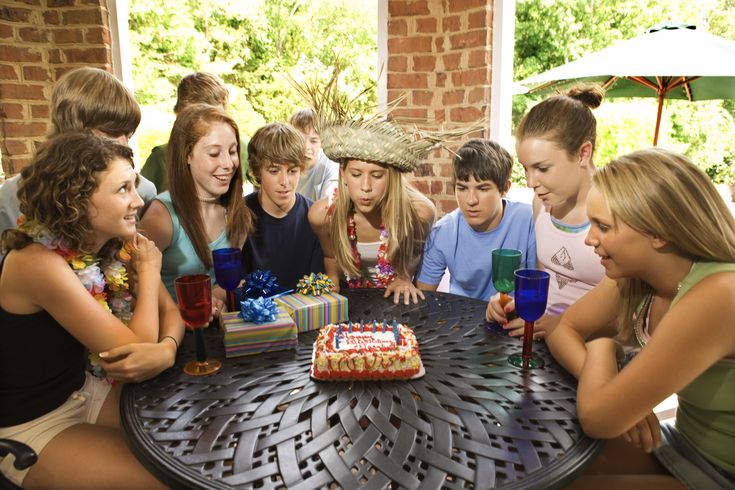
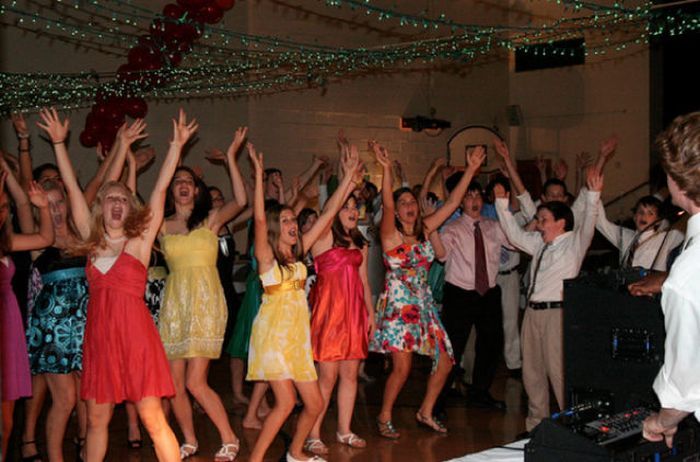 Your school’s dance can provide an excellent way to raise funds for school programs or a special community need. Seek neighborhood business participation for donations and sponsorships. Donate all or a portion of ticket proceeds to a charity that students determine beforehand.
Your school’s dance can provide an excellent way to raise funds for school programs or a special community need. Seek neighborhood business participation for donations and sponsorships. Donate all or a portion of ticket proceeds to a charity that students determine beforehand.
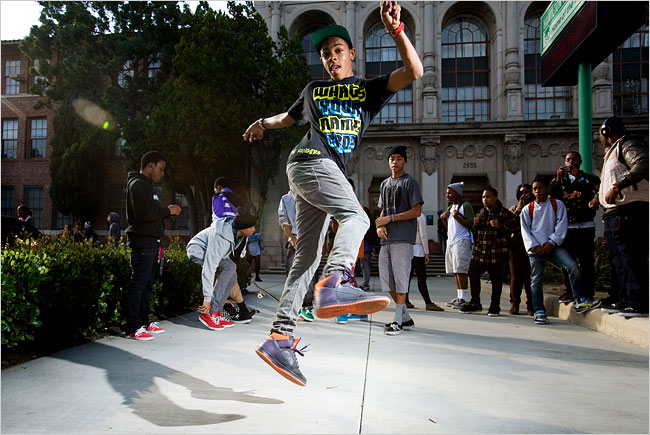
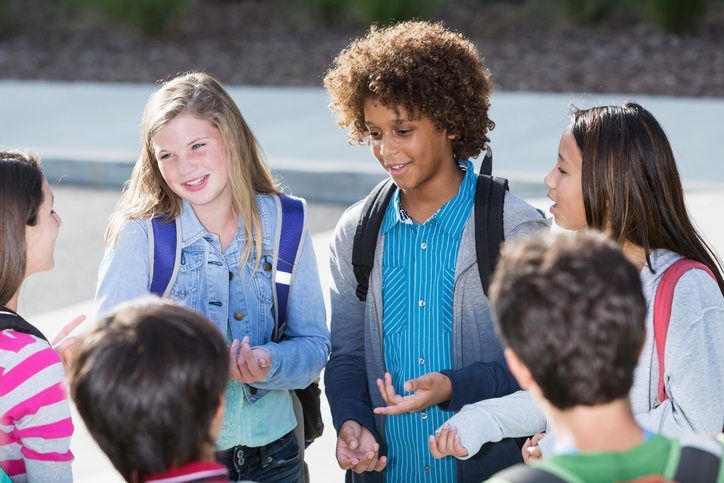 Center food around the various countries and the treats that appear in the Sugar Plum fairy dance.
Center food around the various countries and the treats that appear in the Sugar Plum fairy dance. For punch, how about Big Apple juice? Cookies decorated to look like skyscrapers are a plus!
For punch, how about Big Apple juice? Cookies decorated to look like skyscrapers are a plus! Hide eggs everywhere with prizes inside and decorate with pastels and stuffed bunnies. Bonus: you won’t have to make a lot of decorations — just ask your parent volunteers to bring extras from home!
Hide eggs everywhere with prizes inside and decorate with pastels and stuffed bunnies. Bonus: you won’t have to make a lot of decorations — just ask your parent volunteers to bring extras from home!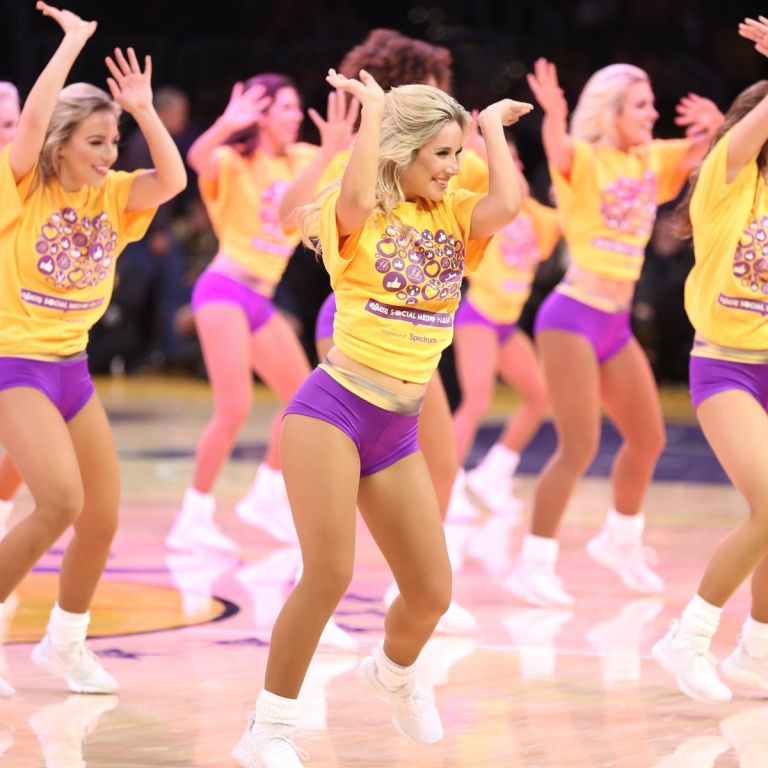 For décor, simple Mardi Gras beads and bright colors will make sure your masks take center stage. For safety, prohibit masks that completely hide someone’s face, and keep the venue well lit.
For décor, simple Mardi Gras beads and bright colors will make sure your masks take center stage. For safety, prohibit masks that completely hide someone’s face, and keep the venue well lit.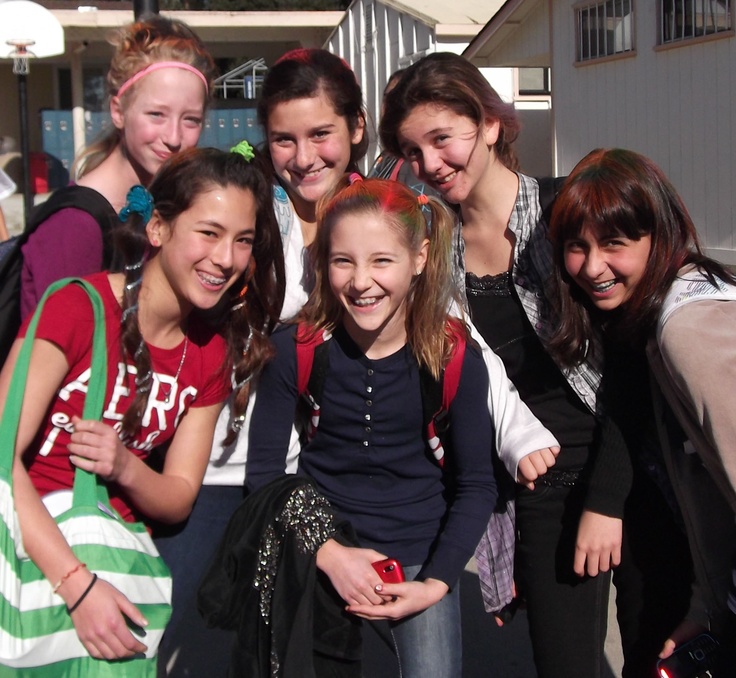 Award prizes for the best ones! This is a dance kids AND parents will enjoy getting ready for.
Award prizes for the best ones! This is a dance kids AND parents will enjoy getting ready for.
 Different corners of the room can represent different authors. Decorate with pages, stacks of antique-looking books and themed décor from the books you choose!
Different corners of the room can represent different authors. Decorate with pages, stacks of antique-looking books and themed décor from the books you choose!


